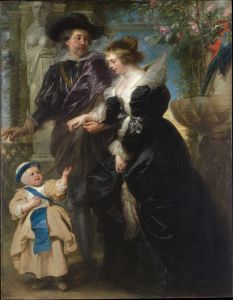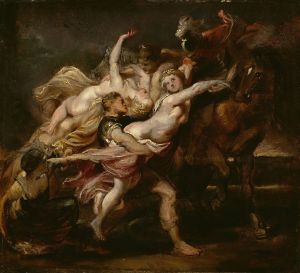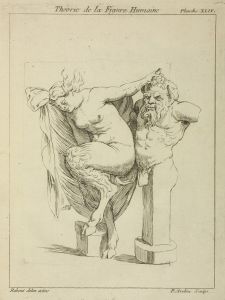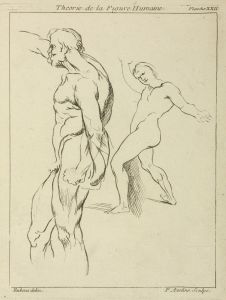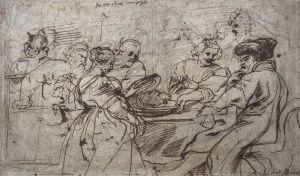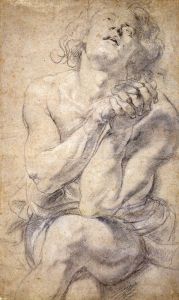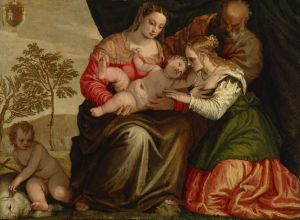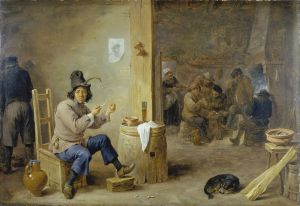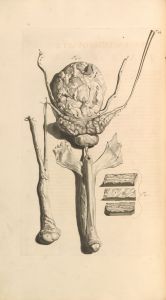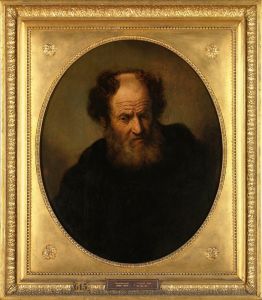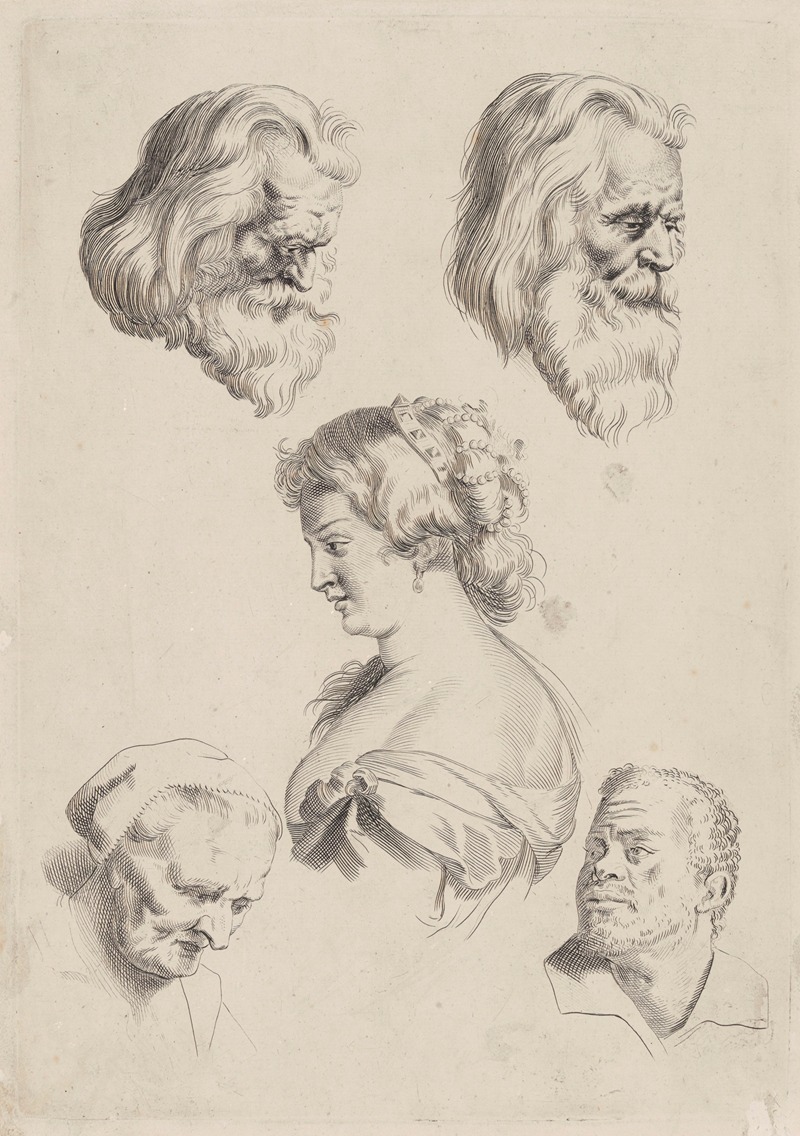
Study of Heads
A hand-painted replica of Peter Paul Rubens’s masterpiece Study of Heads, meticulously crafted by professional artists to capture the true essence of the original. Each piece is created with museum-quality canvas and rare mineral pigments, carefully painted by experienced artists with delicate brushstrokes and rich, layered colors to perfectly recreate the texture of the original artwork. Unlike machine-printed reproductions, this hand-painted version brings the painting to life, infused with the artist’s emotions and skill in every stroke. Whether for personal collection or home decoration, it instantly elevates the artistic atmosphere of any space.
Peter Paul Rubens, a prominent Flemish Baroque painter, is widely celebrated for his dynamic compositions, vibrant use of color, and masterful depictions of the human form. Among his many works, Study of Heads is a notable example of his preparatory studies, showcasing his exceptional skill in capturing human expressions and anatomy. This artwork is not a finished painting but rather a study, which Rubens likely created as part of his process for larger compositions or as an exercise in refining his technique.
Study of Heads features a detailed examination of human faces, focusing on the nuances of expression, texture, and light. Such studies were a common practice for Rubens, as they allowed him to explore the emotional depth and individuality of his subjects. The work demonstrates his keen observation of human features and his ability to render them with remarkable realism and vitality. Rubens often used oil sketches or drawings to experiment with poses, expressions, and lighting before incorporating these elements into his larger, more complex works.
The exact date of Study of Heads is not definitively known, but it is consistent with Rubens' broader body of work, which spans the late 16th and early 17th centuries. The piece reflects the Baroque era's emphasis on drama, movement, and emotional intensity. Rubens' studies were instrumental in the creation of his monumental paintings, many of which were commissioned by royal courts, churches, and wealthy patrons across Europe.
Rubens' approach to studies like this one was influenced by his extensive training and exposure to the art of the Italian Renaissance during his time in Italy. He drew inspiration from masters such as Michelangelo, Leonardo da Vinci, and Caravaggio, incorporating their techniques into his own distinctive style. His studies often served as a foundation for his collaborative workshop, where assistants and apprentices would help execute larger projects under his supervision.
While Study of Heads is not as widely recognized as some of Rubens' grander works, it remains an important example of his artistic process. It provides insight into the meticulous preparation that underpinned his masterpieces and highlights his dedication to understanding and portraying the human form. Today, works like this study are valued not only for their aesthetic qualities but also for the light they shed on the working methods of one of history's most influential painters.
The current location of Study of Heads may vary, as many of Rubens' studies are housed in museums, private collections, or archives.






